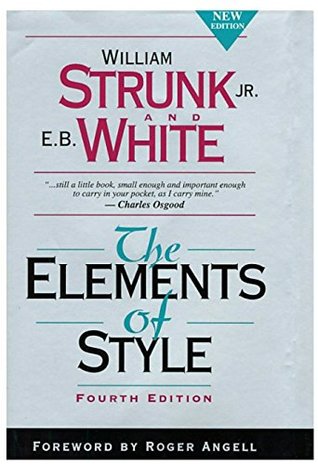More on this book
Community
Kindle Notes & Highlights
When the subject is the same for both clauses and is expressed only once, a comma is useful if the connective is but. When the connective is and, the comma should be omitted if the relation between the two statements is close or immediate.
If two or more clauses grammatically complete and not joined by a conjunction are to form a single compound sentence, the proper mark of punctuation is a semicolon.
An exception to the semicolon rule is worth noting here. A comma is preferable when the clauses are very short and alike in form, or when the tone of the sentence is easy and conversational.
Join two independent clauses with a colon if the second interprets or amplifies the first.
A dash is a mark of separation stronger than a comma, less formal than a colon, and more relaxed than parentheses.
Use a dash only when a more common mark of punctuation seems inadequate.
Use a singular verb form after each, either, everyone, everybody, neither, nobody, someone
A singular subject remains singular even if other nouns are connected to it by with, as well as, in addition to, except, together with, and no less than
If your every sentence admits a doubt, your writing will lack authority. Save the auxiliaries would, should, could, may, might, and can for situations involving real uncertainty.


